ECB Executive Board member Fabio Panetta delivered a speech today, emphasizing the importance of “persistence” over “level” in executing the bank’s monetary policy given the present economic context.
Panetta stated, “In the current context where policy rates are around the level necessary to deliver medium-term price stability, I will argue that monetary policy may operate not just by increasing rates but also by keeping the prevailing level of policy rates for longer. In other words, persistence matters as much as level.”
The ECB official highlighted two primary approaches to the bank’s disinflationary monetary policy: the ‘level’ approach, which involves raising the policy rate beyond its current position, risking a potential need for faster and earlier cuts, and the ‘persistence’ approach, which advocates for maintaining the policy rates at their prevailing level for an extended duration.
“Emphasizing persistence may be particularly valuable in the current situation,” said Panetta, “where the policy rate is around the level necessary to deliver medium-term price stability, the risk of a de-anchoring of inflation expectations is low, inflation risks are balanced, and economic activity is weak.”
He warned against the pitfalls of an aggressive rate hike strategy, stating that it “might amplify the risk associated with overtightening, which could subsequently require rates to be cut hastily in a deteriorating economic environment.”
By contrast, Panetta argued, the ‘persistence’ element allows for greater flexibility, granting the central bank more time to assess the effects of its past policies and fine-tune its stance as new information emerges.
He added that by underlining the importance of this ‘breathing space’, stating, “This is crucial given that – as I said before – the transmission of our monetary policy may actually turn out to be stronger than our projections indicate.”




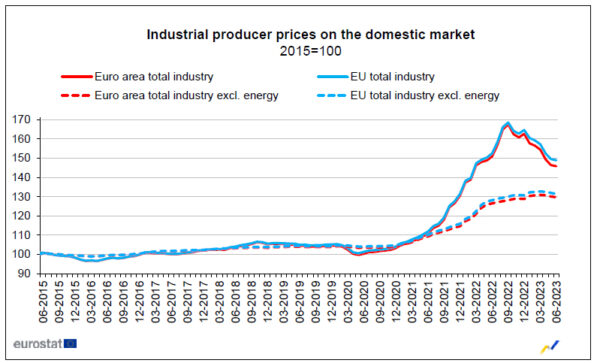
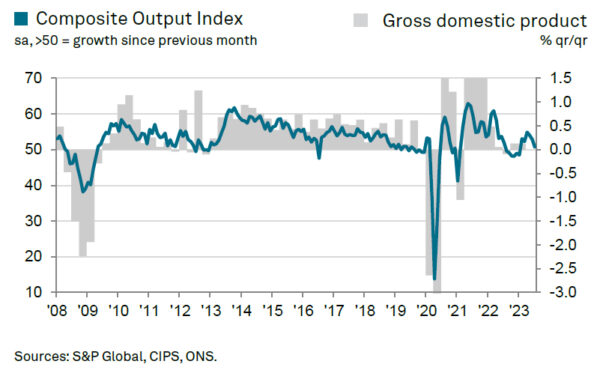
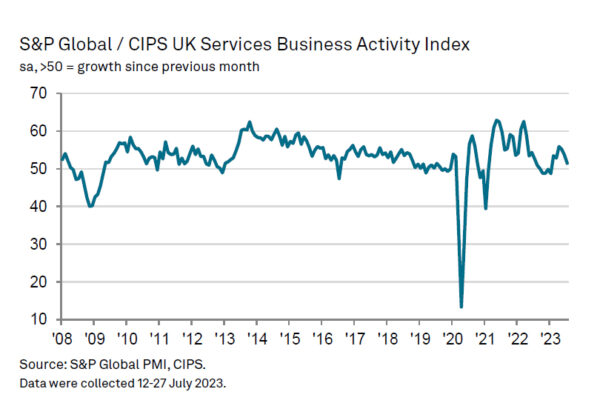
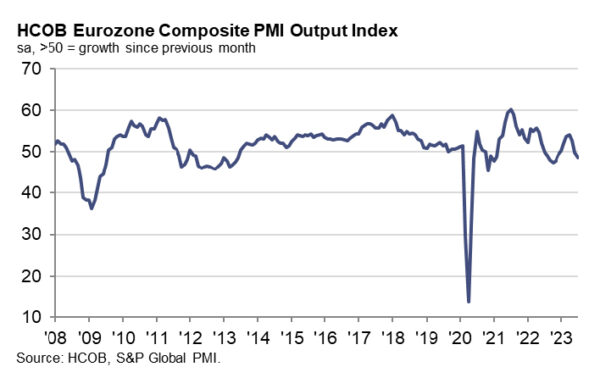

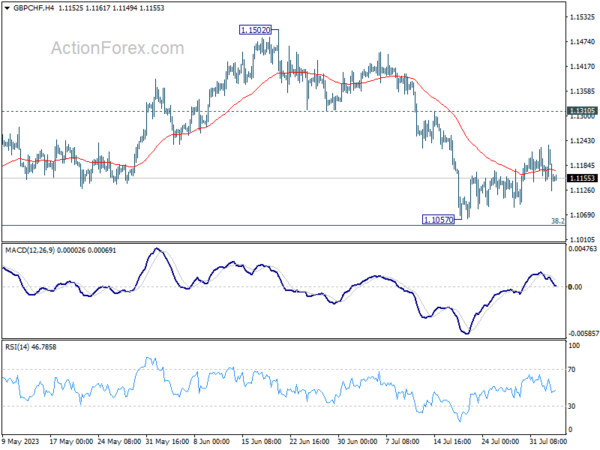
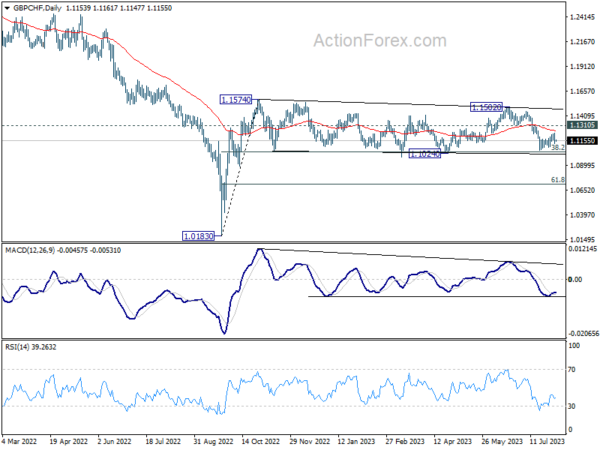
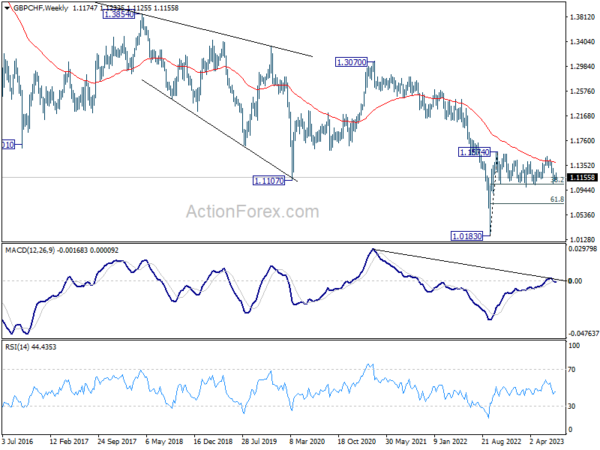
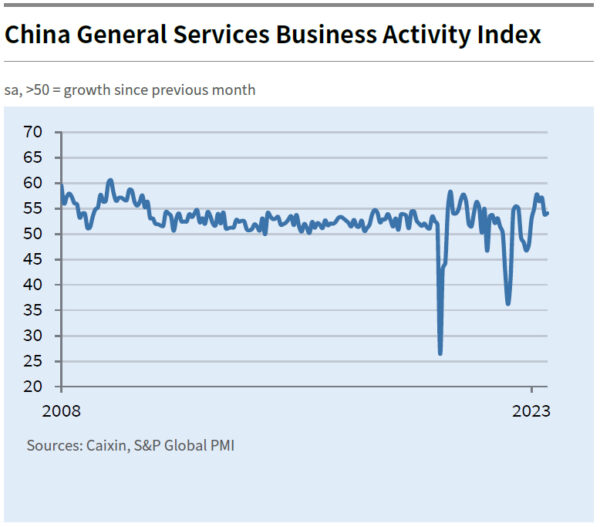
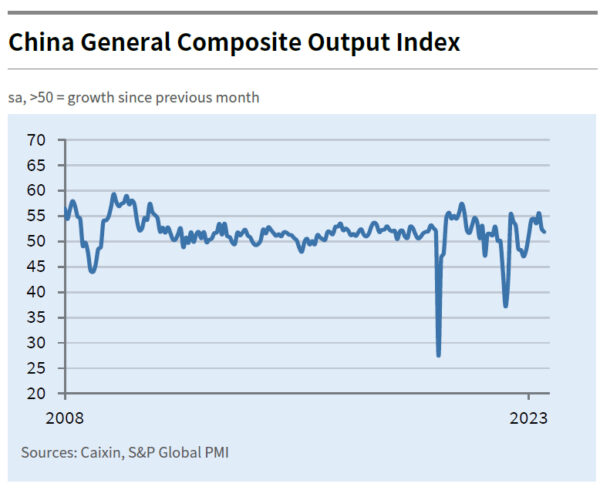
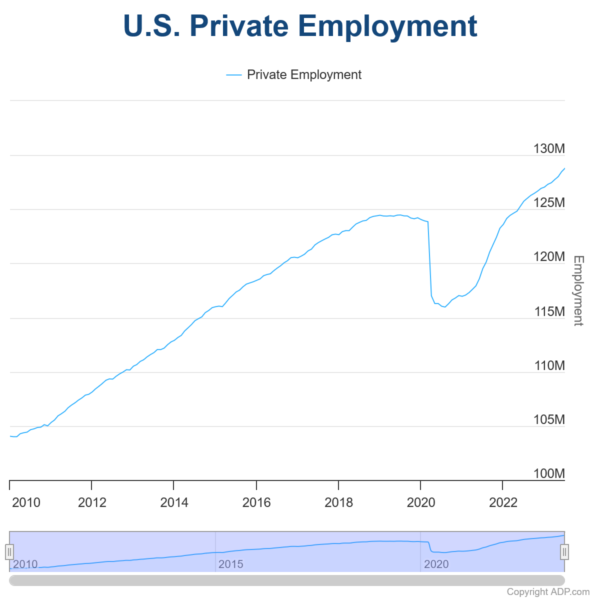
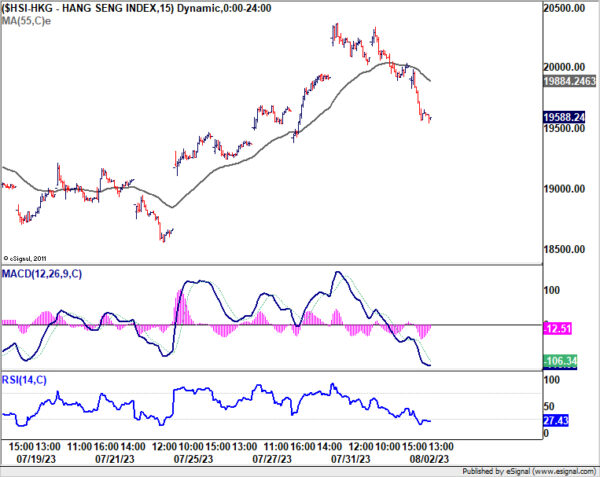
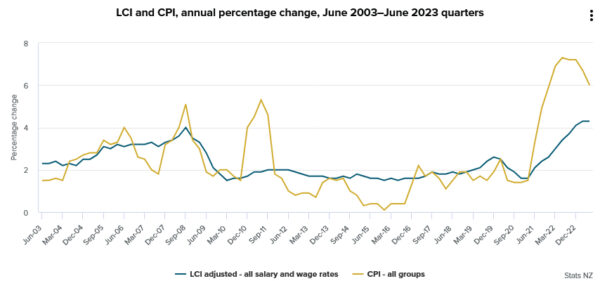
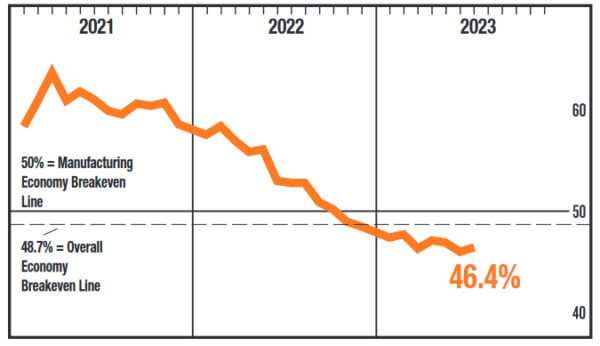
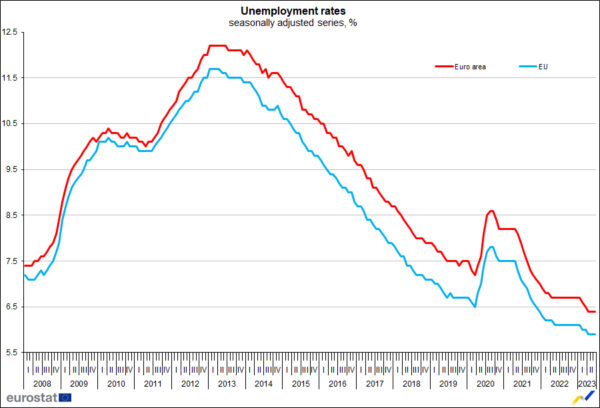
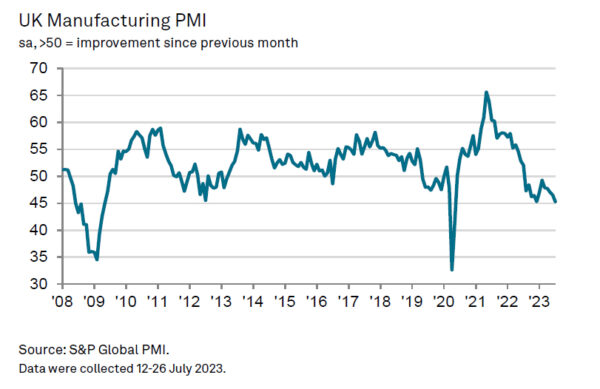
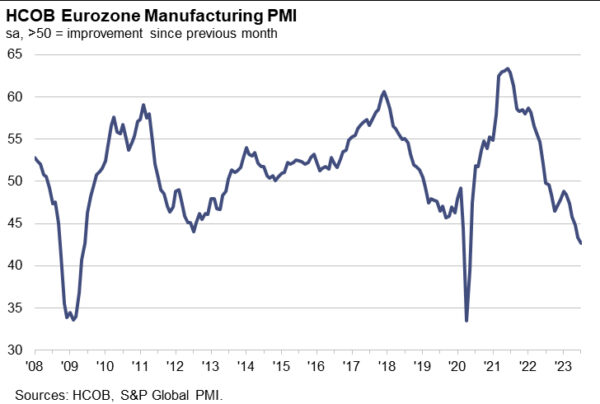
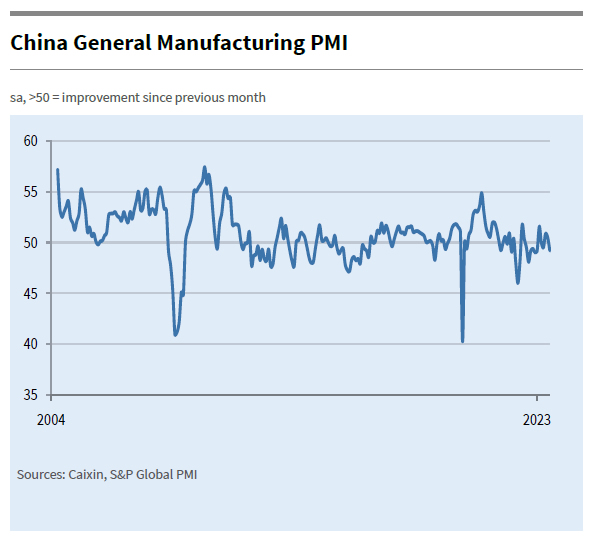

BoE hikes 25bps, softens hawkish bias slightly
BoE raises Bank rate by 25bps to 5.25% today. Two members, Jonathan Haskel and Catherine Mann voted for 50bps hike. Swati Dhingra voted for no change again. Six other MPC members vote for the decision.
Hawkish bias was somewhat softened slightly, as the language that “the MPC will adjust Bank Rate as necessary” was dropped. Nevertheless, the central bank maintained that “If there were to be evidence of more persistent pressures, then further tightening in monetary policy would be required.”
In the new economic forecast, modal CPI inflation was downgraded slightly from 7.0% to 6.9% in 2023 Q3, and from 2.9% to 2.8% in 2024 Q4. CPI forecast was upgraded from 1.0% to 1.7% in 2025 Q3.
Full BoE statement here.